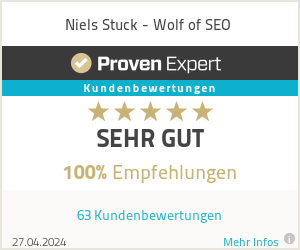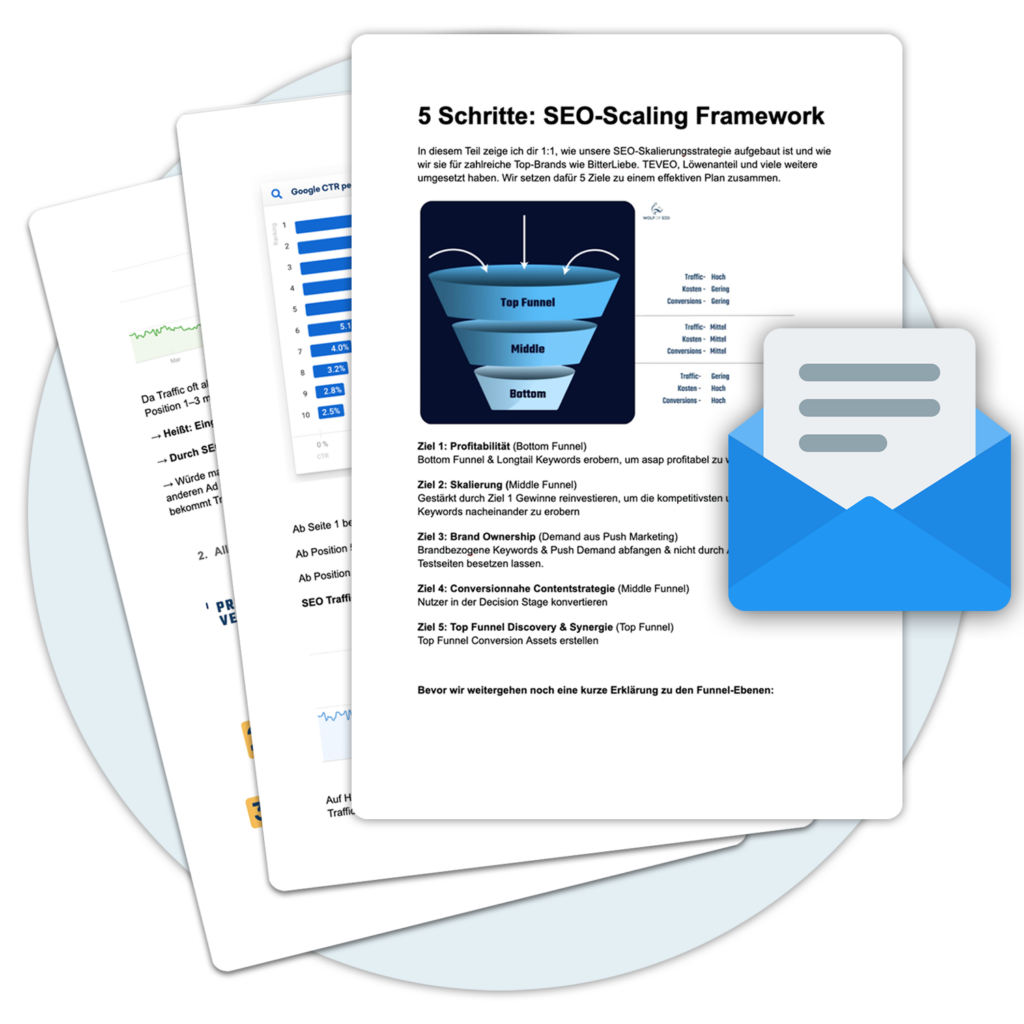What is Click Fraud?
The term click fraud (or click fraud) refers to when a person, computer program or generated script exploits online advertisers by repeatedly clicking on a pay-per-click (PPC) advertisement. Therefore, fraudulent individuals use this technique to generate additional fees for advertisements. Click fraud increases advertising costs, decreases conversion rates and distorts user data for online businesses.
Origins of Click Fraud
Click Fraud has its roots in the early days of the Internet. Since the 90s, it has evolved and become a serious threat due to the growth of online marketing. Click Fraud is believed to be caused by hackers who try to make money in a dubious way by clicking on ads even though they do not intend to buy a product or service.
Who uses Click Fraud?
In some cases, click fraud is committed by a company's competitors. A competitor may click on a company's online ads to increase the amount the company pays for the search term. If click fraud is done effectively enough, it can actually drive a competing company out of the market.
- Competitors: The practice of click fraud is sometimes used by advertisers to "game" paid search advertising. This is common in affiliate networks where marketers sometimes have little insight into advertising data.
- Customers: Although it is not click fraud, customers sometimes exhibit behavior that looks similar. This happens when a user regularly clicks on paid search ads to visit a specific website instead of going directly or through a Search Engine to navigate. Although not click fraud in the traditional sense, such behavior can still be classified as potentially fraudulent by search engines, with any payment for the suspicious clicks subject to invalidation.
Impacts:
Click Fraud can become a significant financial burden for businesses and ad owners, as they must pay for "clicked" ads from which they receive little benefit. Businesses may also face unexpected costs for investigating and remediating click fraud, which can be time-consuming and costly.
How to detect click fraud
Click fraud occurs in search engine and affiliate PPC advertising. You can become a victim of click fraud if you identify any of the following:
- Repeated clicks from similar IPs without conversions
- Spikes in search costs that exceed expectations.
- Anomalies in the performance datathat cannot be explained.
- IP address monitoring: By logging the IP addresses of users who click on your ads, you can identify unusual patterns or unusual numbers of clicks from a single IP address, which could indicate click fraud.
- Click pattern analysis: By monitoring the click patterns of your ads, you can identify unusual patterns or unusually high click-through rates that could indicate click fraud.
- Use of click fraud detection tools: There are special tools designed to detect click fraud by identifying unusual patterns or unusually high click-through rates. These tools can help you detect click fraud faster and more effectively.
- Third-party monitoring: Click fraud can also be carried out by third parties who click on your ads without you noticing. By monitoring third-party sellers, you can find out if they click on your ads and act accordingly.
- Behavioral analysis: Detailed analysis of user behavior can help identify click fraud. Unusual behavior, such as quickly switching between pages without interaction, can indicate click fraud.
How you can reduce - or even prevent - click fraud.
There are many different ways companies can prevent click fraud. Some of these include using secure tracking systems, analyzing IP addresses, and setting up fraud alerts. In addition, companies can use behavioral tracking to determine if some clicks are unusual.
- Use specialized services that automatically detect signs of click fraud, such as Sift Science.
- Select industry-specific keywords and filter irrelevant queries rough
- Monitor user behavior on a regular basis
- Limit your advertising costs to a maximum budget
Conclusion
The best way to combat click fraud is through prevention. Companies need to implement a system that can detect and remediate click fraud early. This includes setting up alerts, using IP address and behavior pattern tracking, and using secure tracking systems. They can also use outside companies to conduct a thorough review to identify and address potential issues.
« Back to Glossary Index







